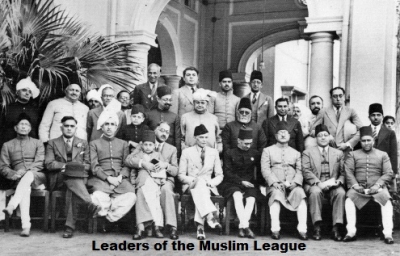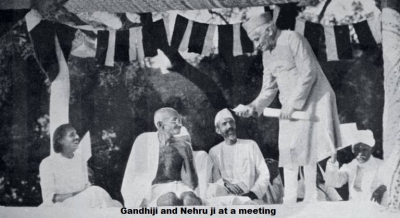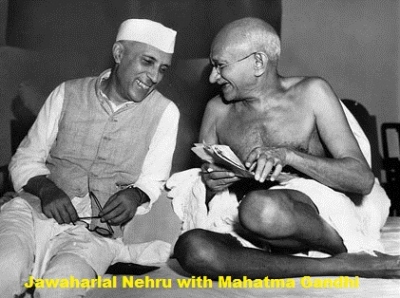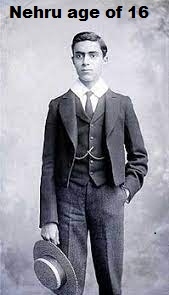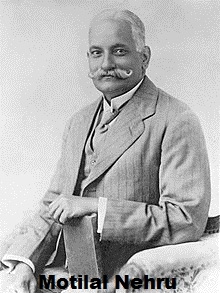When did Jawaharlal Nehru become the president of the Municipal Corporation of Allahabad?

Jawaharlal Nehru was the president of the Municipal Corporation of Allahabad from 1925 to 1927. This short period is considered one of considerable efficiency and good governance.
Unlike most people in office, who were indifferent or sycophants of the British, Nehru took the time to listen to the common man’s problems and invested his time and efforts in trying to make their lot better.
He insisted that the board meet regularly at least twice a week. He increased efficiency and inventiveness in fund collection and allocation. He also ensured smoother processes and more transparency in dealings. He soon earned the respect of erstwhile detractors and the affection of the citizens he served.
Nehru launched schemes to promote education, sanitation, expand water and electricity supply and reduce unemployment. He achieved moderate success but was dissatisfied by the obstruction of British officials and corruption amongst civil servants. He resigned from the position within two years.
Picture Credit : Google

